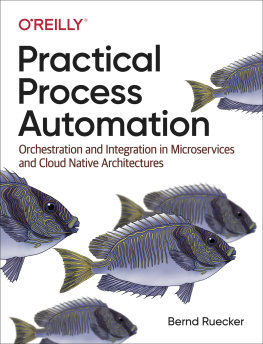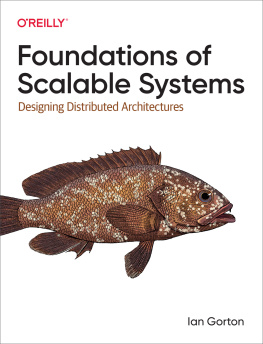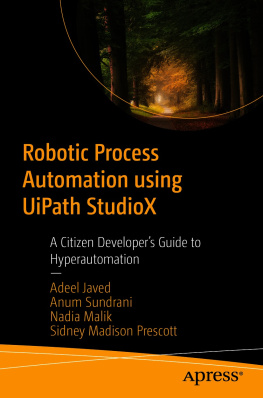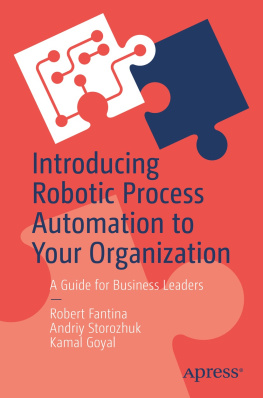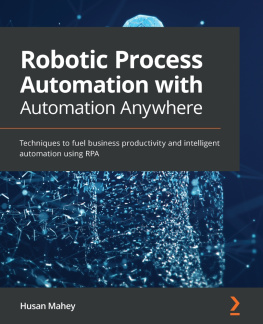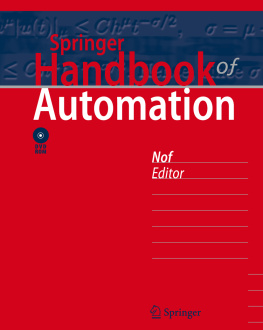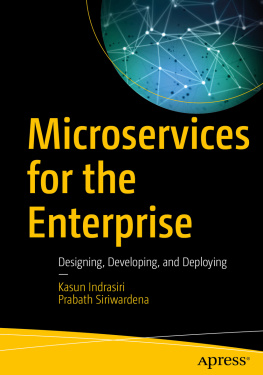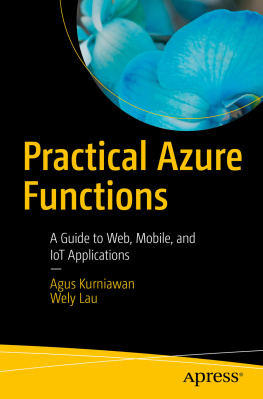Practical Process Automation
by Bernd Ruecker
Copyright 2021 Bernd Ruecker. All rights reserved.
Printed in the United States of America.
Published by OReilly Media, Inc. , 1005 Gravenstein Highway North, Sebastopol, CA 95472.
OReilly books may be purchased for educational, business, or sales promotional use. Online editions are also available for most titles (http://oreilly.com). For more information, contact our corporate/institutional sales department: 800-998-9938 or corporate@oreilly.com .
- Acquisitions Editor: Melissa Duffield
- Development Editor: Michele Cronin
- Production Editor: Deborah Baker
- Copyeditor: Rachel Head
- Proofreader: Kim Wimpsett
- Indexer: Potomac Indexing, LLC
- Interior Designer: David Futato
- Cover Designer: Karen Montgomery
- Illustrator: Kate Dullea
- March 2021: First Edition
Revision History for the First Edition
- 2021-03-16: First Release
- 2021-04-16: Second Release
See http://oreilly.com/catalog/errata.csp?isbn=9781492061458 for release details.
The OReilly logo is a registered trademark of OReilly Media, Inc. Practical Process Automation, the cover image, and related trade dress are trademarks of OReilly Media, Inc.
The views expressed in this work are those of the author, and do not represent the publishers views. While the publisher and the author have used good faith efforts to ensure that the information and instructions contained in this work are accurate, the publisher and the author disclaim all responsibility for errors or omissions, including without limitation responsibility for damages resulting from the use of or reliance on this work. Use of the information and instructions contained in this work is at your own risk. If any code samples or other technology this work contains or describes is subject to open source licenses or the intellectual property rights of others, it is your responsibility to ensure that your use thereof complies with such licenses and/or rights.
This work is part of a collaboration between OReilly and Camunda. See our statement of editorial independence.
978-1-492-06145-8
[LSI]
Preface
I remember very clearly when I first decided to use a small open source workflow engine, implemented in Java, to write a piece of business software for a friend 20 years ago. This decision changed my life. I got very enthusiastic about process automation and engaged in the community of that open source project. Ultimately this experience pushed me toward cofounding my own company, which went on to become the leading vendor of source-available process automation tooling (I could never, ever have dreamed of the big names now using our software!). My aim with this book is not only to share my excitement about process automation, but also to explain how to apply process automation technology in real life, in a pragmatic and developer-friendly way.
But first, an anecdote. During high school a good friend of mine started their own business; a specialized retail store for graphics cards. You may remember these cards if youve assembled a computerthey could be modded to get more power out of the chip, which allowed gamers to buy cheaper cards and achieve better performance. The business model required handling each physical graphic card as an individual item and establishing very specific procedures around sales and distribution.
My friend was successful with this business model. Actually, very successful. So successful that the process, which was based on manual handling and emails, broke down. Orders were delayed, and piles of graphics cards, as well as unprocessed returned parcels, started filling the rooms.
We discussed remedies to this situation and finally ended up developing a piece of custom software that automated some of their processes while supporting the specifics of their business model. It had a pretty narrow focus, but helped them to remove all the piles of stuff. They reduced the cycle time so that orders were shipped within a day. Manual work in the redesigned process was reduced to steps that involved the physical goods (e.g., packing the parcel), while other tasks were automated (generating and printing the invoice and the shipping label, sending customer confirmations, etc.). Customers got transparency into the status of their orders, and we even provided a very simple self-service tracking portal. The software escalated issues if some process got stuck for too long, so it was no longer necessary to wait for customers to complain to take corrective action. Overall, as hands-on as the software was, it was a huge success.
Back then I would never have phrased it like this, but I experienced the advantages of process automation firsthand: improved process quality, reduced cycle times, automation of boring tasks, ability to scale, and reducing operational spend.
Over the next 20 years, I saw core processes and support processes being automated in all industries. I saw NASA processing data from the Mars robot using an automated process on Earth in order to send back control signals to space. I saw insurance companies automating onboarding and claim handling processes, including the reporting of accidents via apps and fully automated handling of these reports. I saw process automation technology being applied to trading and money transfer use cases, and to many different processes in telecommunication. I even saw actual lab robots being controlled by a workflow engine.
Process automation is everywhere, and it is super exciting. The need for automation is growing almost on a daily basis. Digital transformation is happening, allowing completely new business models and requiring companies to change business processes at a fundamental level. Recently, the COVID-19 pandemic brought this into focus: businesses needed to switch from paperwork being signed on-site to electronic processes basically overnight; companies needed to scale complete processes that had been relatively uncommon before, like airlines canceling tickets and compensating for flights; and organizations rapidly pivoted to completely new business models, like the distribution of face masks.
These are only a few examples of the bigger trend Gartner calls hyperautomation.
Companies embark upon this journey for many reasons: existing processes might be too inefficient, too slow, too expensive to operate, impossible to scale, or simply not flexible enough to support new business models (or all of those things at the same time!). And manually executed or poorly automated processes dont provide enough data to gain actionable insight into what is going on, making it hard to learn and adapt. This makes the business vulnerable to competitors that have already embraced digital transformation and process automation.
Process automation typically addresses processes that need to be tailor-made to an organizations needs. Therefore, they cannot be bought as off-the-shelf application software. Even if these processes are often the same across different organizations (e.g., customer onboarding, order management, claim settlement), the way each organization designs and implements them is unique and can be a differentiator for them in their market. Process automation enables organizations to be more competitive, conduct their business more efficiently, save cost, increase revenue, and progress in their digital transformation.
Chances are high that you work in such a company, maybe as a software architect, enterprise architect, business analyst, or developer. Process automation will be one of the key tools in your toolbox.
My mission with this book is to help you on your journey by sharing what Ive learned through 20 years of firsthand experience with process automation.

